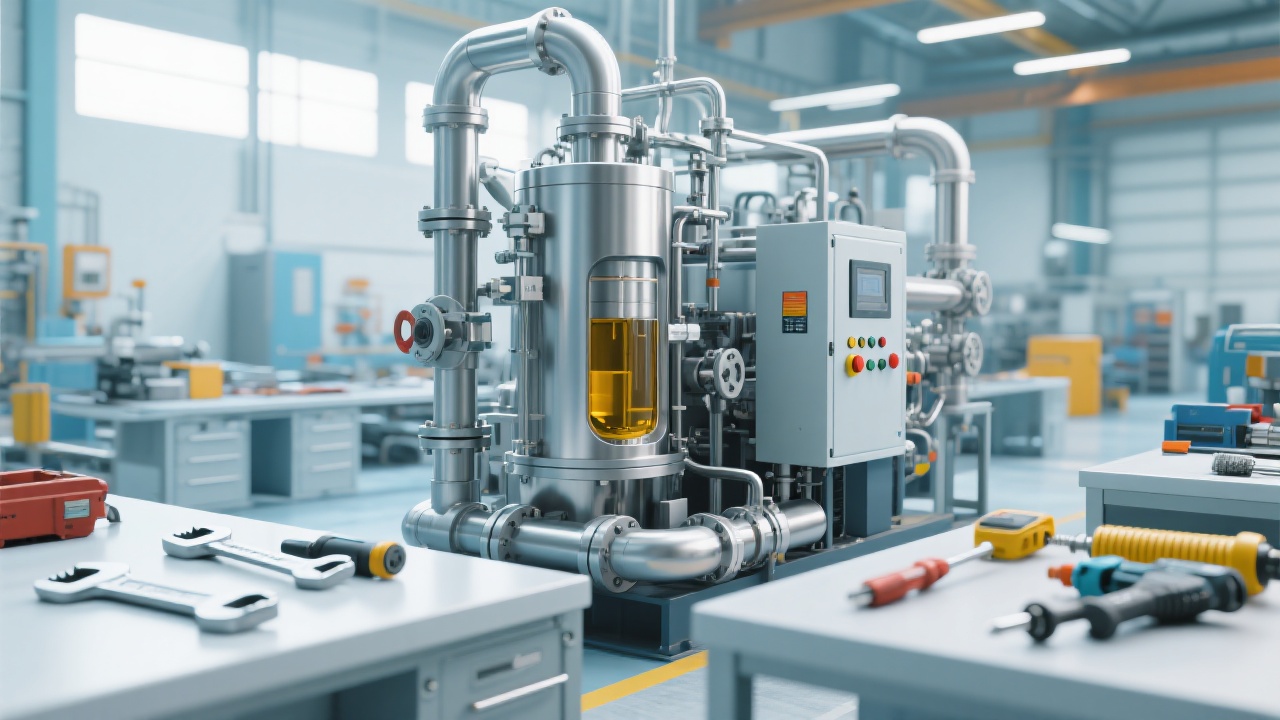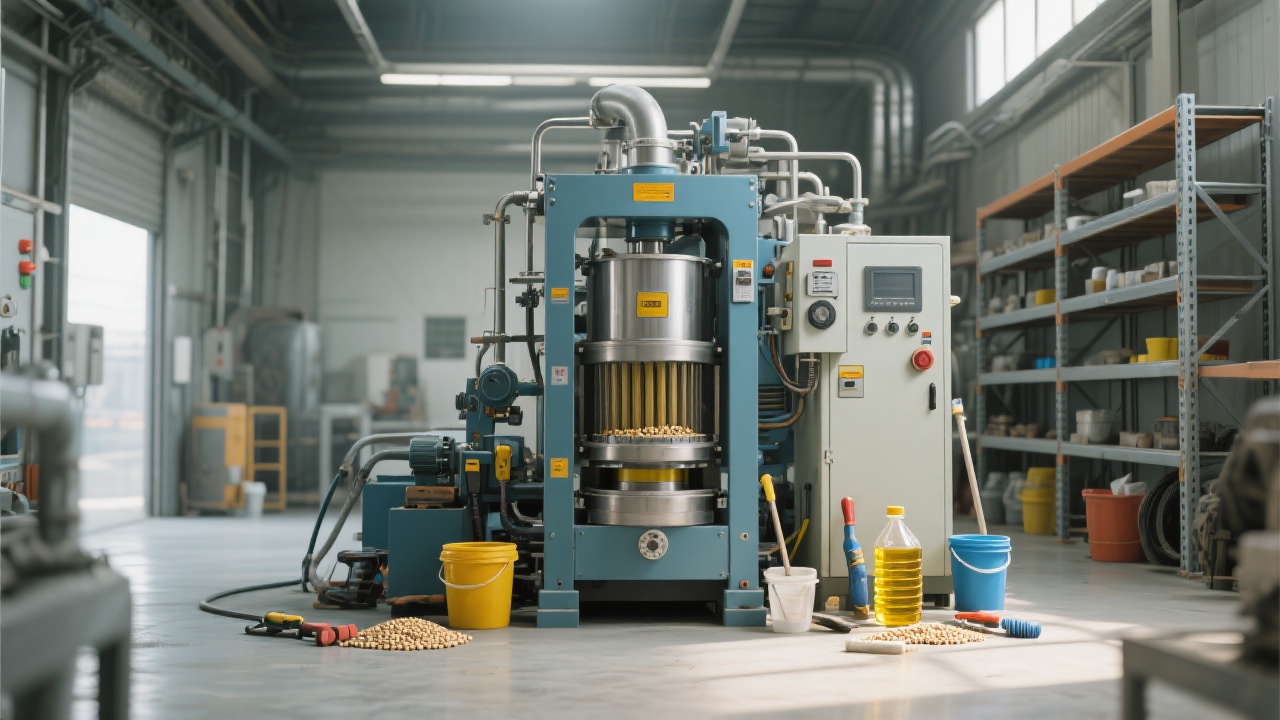
In the dynamic world of small and medium-sized oil production, having a reliable and efficient oil press is crucial. The Penguin Group's fully automatic multi-functional oil press stands out as a game-changer. Let's dive into how you can make the most of this remarkable piece of equipment.
This oil press is specifically designed to meet the needs of small and medium-sized enterprises. Its key advantages include high automation, which significantly reduces labor costs. With a throughput capacity of up to 500 kilograms per hour, it can handle a variety of oilseeds such as soybeans, peanuts, and rapeseeds. The press is also highly adaptable to different production scales, making it a perfect fit for small and medium-sized oil production enterprises.
Before starting the oil press, there are several essential steps to follow. First, check the physical condition of the machine. Ensure that all parts are intact and there are no visible signs of damage. Next, connect the power supply properly. Make sure the voltage matches the machine's requirements (usually 380V for industrial use). Also, confirm all safety devices are in place and functioning correctly. This includes emergency stop buttons and protective covers.

Setting the right parameters is crucial for optimal performance. Here's a table of key parameters and their recommended values:
| Parameter | Recommended Value | Setting Logic |
|---|---|---|
| Pressing Pressure | 30 - 50 MPa | Higher pressure generally leads to higher oil yield, but excessive pressure may damage the machine and affect oil quality. |
| Temperature | 100 - 120°C | Proper temperature helps to break down the oil cells in the seeds, improving oil extraction efficiency. |
| Rotation Speed | 20 - 30 r/min | The rotation speed affects the pressing time and the quality of the oil cake. |
During the pressing process, you need to monitor the machine in real - time. Use the built - in sensors to check the pressure, temperature, and rotation speed. If any abnormal values are detected, follow these steps: First, stop the machine immediately. Then, check the parameters and the machine's physical condition. If it's a minor issue, you can try to adjust the parameters. For more serious problems, contact our technical support team.

Regular maintenance is essential for the long - term performance of the oil press. Clean the filtration system at least once a week to ensure smooth oil flow. Check the wear of parts every month and replace them if necessary. Regarding energy management, try to operate the machine at full capacity as much as possible to reduce energy consumption per unit of output.
Here is a simple maintenance checklist: Monthly, check the lubrication of moving parts; quarterly, inspect the electrical system. For common faults, such as low oil yield or abnormal noise, we have a quick - diagnosis guide. You can refer to the user manual or contact our support team for help.
Many of our users have reported significant improvements in production efficiency. For example, a small - scale oil factory in [Location] increased their oil yield by 15% after following our operation and maintenance guidelines. The reduction in machine downtime also led to a 20% increase in overall production capacity.
Q: What should I do if the oil press suddenly stops during operation?
A: First, check the power supply. If the power is normal, check for any blockages in the feeding system or abnormal values in the parameters.
Q: How often should I replace the filter in the filtration system?
A: It depends on the frequency of use. Generally, replace it every 2 - 3 months for continuous operation.
Ready to enhance your oil production efficiency? Click here to learn more about the equipment configuration details.

